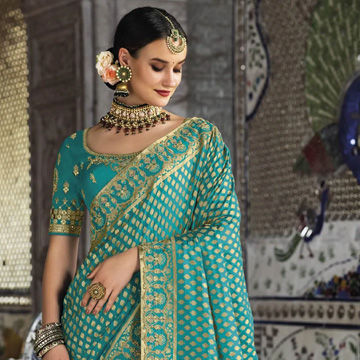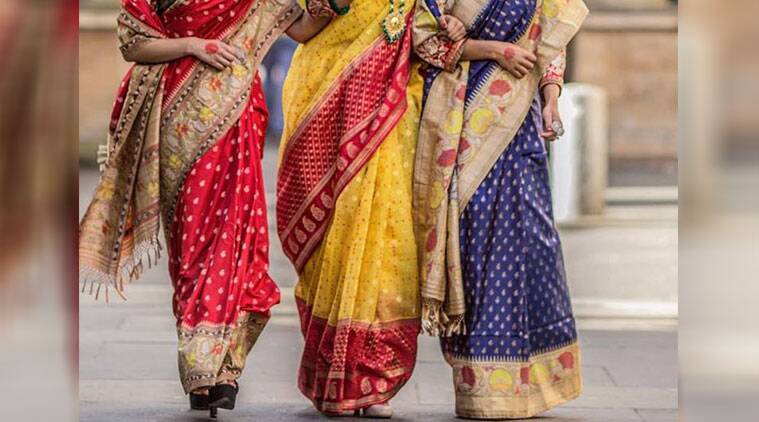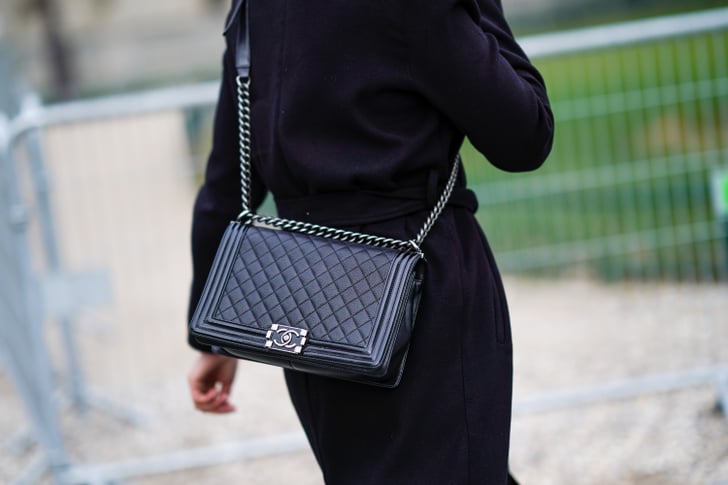The word “sari” derives from the ancient Sanskrit language and means cloth, a strip of fabric. Over the centuries, in Sanskrit literature, the actual sari appears as “sattika”, while in Buddhist writings it is “j atakas”, but in both cases it refers to a typical garment of Indian women.
The ancient treatise on Indian dances and customs, the Natya Shastra (200 B.C. – 200 A.D.), states that “the navel … is a source of life and creativity, so it should never be covered by the sari”. This means that the Sari was already worn at that time, it was essential and had to show the navel!
The first written mention of this dress is in a 10th century poem by the Indian author Kalhana . Even in the poems Silappadhikaram and Kadambari of Banabhatta, we can read that women are dressed in beautiful “draperies”, ie saris.
Indian Sari: History

The sari has been worn since time immemorial, as evidenced by a statue of a Bronze Age Indian priest from the Indus Valley (2800-1800 BC). The man is covered with a drape of cloth, which would be an ancestor of the sari as we know it today.
Historically, we know that the materials used from the beginning were cotton, which arrived in 5000 BC, and silk, which appeared around 2450-2000 BC. What is surprising is that even during these millennia before Christ, the sari was colored! Yes, natural dyes like indigo, lacquer, ruby and turmeric were used.
Originally, the sari consisted of 3 pieces:
- Antriya, the lower body dress;
- Uttariya, the veil to be worn on the shoulder or head;
- Stanapatta, a drape for the bust.
In addition, in the first written texts of ancient Indian literature (Sanskrit), we find many terms related to the sari. The most common and therefore the most used are:
– Avagunthana, which designates a cloaca veil;
– Uttariya, the shoulder veil;
– Mukha-pata, the veil for the face;
– Sirovas, the scarf.
However, it was at the turn of the second century B.C. and the first century A.D. that the Antariya and Uttariya were combined to create a single garment, the Sari. Today, these components have evolved into:
- Ghagri and Lehenga, a skirt;
- Dupatta and Ghoongat, a stole that serves as a scarf or shawl and veil;
- Choli, a short-sleeved shirt.
The Indian Sari: What It Is
What sets it apart is its extreme comfort, which makes it comfortable to wear for women of all ages who need to perform any kind of movement. Did you know that it helps the body to eliminate moisture and sunlight?
The sari can be made in a thousand different colors and shades, but red has always been the color reserved for the Indian woman’s wedding. Historically, it was made of silk, cotton, ikat with inevitable reserve dyes, prints and embroidery in silver and gold. The most beautiful ones were made of brocade and reserved for very important formal occasions. On the contrary, the simpler ones, made of cotton, are used for every day.
Today, things have changed a bit as far as fabrics are concerned. Indeed, unfortunately, natural fabrics are no longer the only ones used, but also polyester, charmeuse and georgette. The tradition, however, has been preserved for the red, which remains the color of the wedding.
Wedding Saris

The wedding sari is the sari of life. Indeed, marriage for Indian culture, Hindu marriage, is highly sacred. It unites not only the couple, but also their families and their ancestors!
Unfortunately or fortunately (depending on your point of view), these are arranged marriages well studied by the families. Depending on the social class, economic status, religious belief and astral image of the spouses, these unions are defined. Today, however, young people from wealthier families can freely choose their partner.
The bride, however, marries the sari! Strictly made of silk, it is traditionally red accompanied by gold jewelry in the northern regions of India, because it is a good omen, but it is also found in green, which wishes fertility. In South India, on the other hand, the wedding sari is white.
Recently, it seems that some openness to accepting more colors for weddings has also arrived in India and in some cases you can also find golden, pink, orange, burgundy, brown and yellow saris.
Have you ever wear a sari before? Share with us your experience in the comments below.



